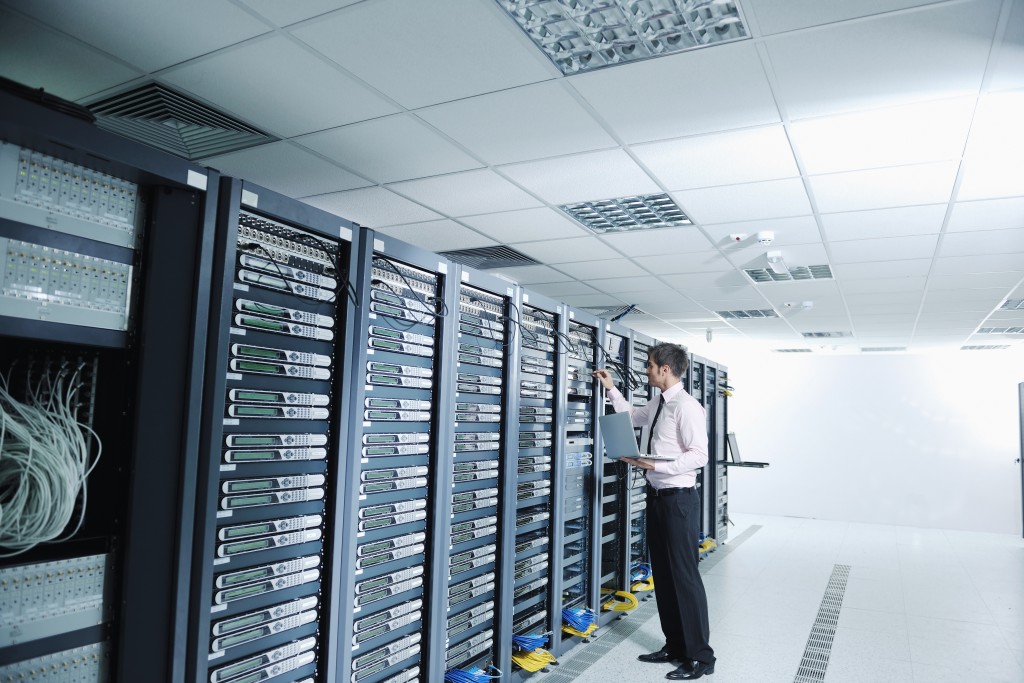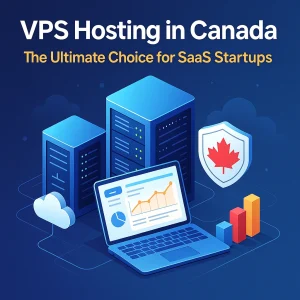There’s always going to be the need to make distinctions between wants and needs, but when it comes to space and resources there’s many times that having a greater amount of it is much more of a need than a want. That is obviously true for people, and the best example would be how a married couple with 3 kids can’t make do with a 1-bedroom condo even though it’s in the most desirable part of town. But it can also be true of objects and inanimate items of all sorts, and it’s true for servers too and the data centers they reside in.
It's never going to be a situation where businesses, organizations, or ventures uniformly have the exact same data management needs and for ones that have especially large ones server colocation often makes a lot of sense. This is where a server owned by one of them is deployed and hosted within a managed service facility / environment, and usually an existing data center or IT facility. The customer retains control of server services, operating system and applications while the MSP provides the physical space, power and network resources.
Obviously with 4GoodHosting being one of the best Canadian web hosting providers this is a topic that we’re very familiar with even though a hosting provider is going to have their own expansive data centers all the elbow room we need for our clients’ data storage needs to begin with.
We’ve got two excellent ones full of capacity in both Vancouver and Toronto, but that’s all we’ll say about that and instead let’s move to discussing what sort of server colocation services you will want to be aware of if your data management needs are much bigger than they used to be.
-
Tower Server Colocation
Server colocation is sometimes also referred to as ‘carrier hotels’ and having the maximum of safety when having your server within a facility is best achieved with tower server colocation. It provides your servers with an extra layer of security that wouldn't be available with another type of server colocation arrangement. Server colocation pricing and things of that nature also need to be taken into consideration, but identifying the type of server colocation service you need comes first.
Tower server colocation is a wise choice for those who have very basic needs. With it there will typically only be space on one shelf for one tower server. If you can make do with this arrangement it’s a very efficient and usually very cost-effective one. Another big plus is that there is unmetered incoming bandwidth made available and you are free to use any one of several IP addresses most of the time.
-
Full Rack Colocation Space
Greater server space needs will require the bigger fit, and that is a full-rack colocation space. This will be the situation if you need a lot of space to protect several servers at once and all of them are essential to whatever it is you are doing online and doing it is entirely worth your while. Whether that’s a business, e-commerce, or something else entirely. This is the setup that will benefit you the most. As the name suggests, this setup provides an entire rack of space for your servers.
This certainly is the most expensive option, but if it’s what you need then the cost becomes one you’re willing to pay as it is fairly standard to have upwards of 50 IP addresses along with something like 20 AMPs of power made available to your servers. It is one of the most advanced colocation options on the market, and quite often it is the most ideal fit if you need a setup with plenty of power and security.
Pricier for sure, but for so many clients it is simply part of the cost of doing business and especially in the digital age where so much data is in the cloud and there’s so much operational efficiency and reliability that comes with that.
-
1U - 4U Colocation Space
For a mix of affordability and more capacity / performance a smaller U colocation space may your ideal server colocation arrangement. It allows you to take your 1U / 2U / 3U / 4U colocation server and put it safely on a single rack in a very secure colocation facility. Along with that you’ll have somewhere around 2-5 IP addresses to use while still being able to have unmetered incoming bandwidth.
This options is usually quite affordable even though it is a functional step up from a simple tower server colocation. The basic concept for how much you’d pay is actually quite simple. The more rack space you use, the less available space the colocation center will have available, and the more power the data center will consume as a whole.
Rack space is measured first in terms of single tray units, which is the amount of space occupied by a single tray in a server rack enclosure. Then the actual racks themselves where you physical server will sit. These two units form the backbone of most colocation center pricing scales, but there are also more precise measurements of space that can be used to further tailor your data colocation space to best fit your business and budget















